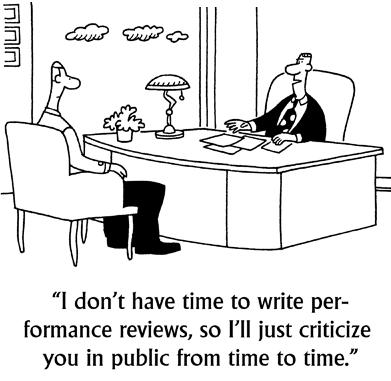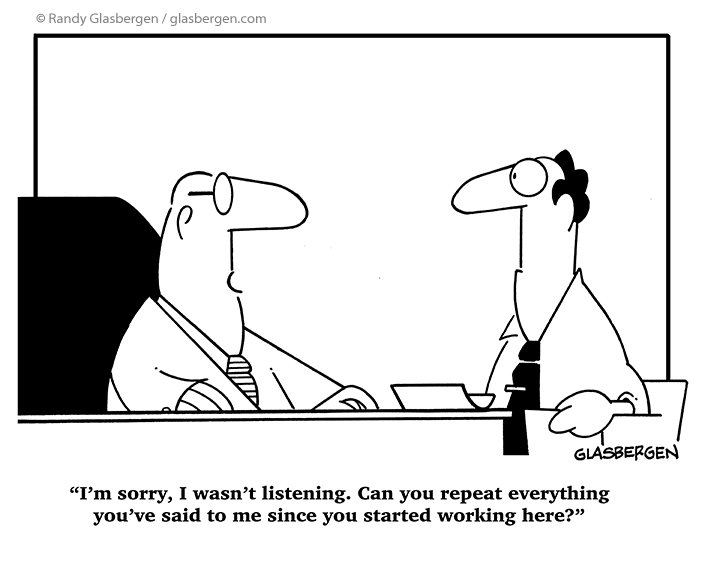Gender Bias in Performance Reviews
We talk a lot about compensation and how gender plays a role. It’s become even more evident that the gender pay gap is real, meaning that women often earn only 90% of what men earn with the same experience, or in many cases even less.
But before compensation discussions usually come performance reviews, and gender bias is creeping in here as well.

A recent study showed that women were 1.4 times more likely to receive critical feedback than men. The study goes on to say that in many instances there is a double standard for men and women:
In one review I read, the manager noted, “Heidi seems to shrink when she’s around others, and especially around clients, she needs to be more self-confident.” But a similar problem — confidence in working with clients — was given a positive spin when a man was struggling with it: “Jim needs to develop his natural ability to work with people.”
While the nuances of the language may seem insignificant, these small differences can affect employees in a major way when it comes to promotions and pay raises (someone who lacks self-confidence vs. a natural ability to work with people).
So how do you make sure biases aren’t coming into play in performance reviews?
Here are three easy suggestions for keeping your management in check.
Ask specific questions.
By removing the ambiguity of open-ended questions, you’re allowing less room for subjective answers. Provide multiple-choice opportunities that allow one to gauge the overall performance of an employee.
An example might be: “If Angela was given the opportunity to spearhead a new project, how confident would you feel in her ability to handle the task?”
- Very confident: she requires little supervision and always exceeds expectations.
- Confident: She excels at new projects with a little guidance.
- Not confident: She would need lots of supervision and support.
By providing answers without the subjectivity of an open-ended response, you can evaluate all employees fairly.
Align feedback with goals.
Another finding from the study was that women are more likely to receive vague feedback about their performance than men.
For example, such feedback might be, “Stephanie, your replies to partners about client matters are often not on point” rather than “Stephanie, you have missed important opportunities to provide clear and concise information, such as X. I have some thoughts on how you could prevent that from happening again, such as Y.”
An easy solution to this is to align your feedback for employees with company goals and objectives. Instead of “You exceeded our expectations this year!”, talk about the how and why. “You exceeded our expectations this year by increasing your sales by 25%. In the future, we’d like to see you improve your retention rate by 10%”. By aligning company goals with your feedback, they will have actionable ways to improve in the future and measure their success.
Expand the review process.
Bring more people into the review process to get a 360-degree view of the employee. Have men and women from inside and outside the department assess their performance to eliminate the chance of gender bias. An example could be bringing in a CMO to review an account manager because they have previously worked together on a case study. Make sure you’re choosing reviewers who have worked with the employee enough to make accurate judgments. Also, keep in mind that this isn’t fool-proof. This should be used in conjunction with specific questions and goal alignment.
Gender bias creeps into many aspects of the workplace, but by using these three methods, you can eliminate the opportunity for them to affect your performance reviews.















